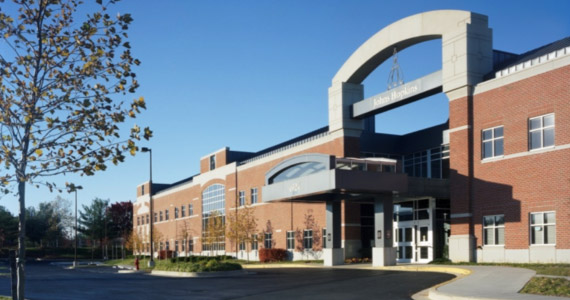

Before EHRs and patient-focused healthcare delivery, there were two arenas of outpatient care: what physicians provided in their office and what hospitals offered as an “add-on” to already stressed inpatient departments. Little thought was given to convenience, cost control, amenities or the patient experience, not to mention efficiency and staff retention.
Today, an extremely high – and still growing – number of Americans receive medical care in ambulatory settings. According to the American Medical Association, 300 people are seen in ambulatory settings for every person admitted to a hospital. The Bureau of Labor Statistics, projects that over the next 10 years, the number of jobs in the ambulatory care setting will grow faster than for inpatient services and other sectors of the economy, mostly in response to the demands of an aging population.
Today there are well over 2,500 ambulatory surgery centers (ASCs) throughout the United States. However, in the past three years there has been significant change in reimbursement, competition, and in the delivery of ambulatory surgery services. These changes have had a profound effect on ASC operations which in turn has influenced the design of these facilities:
- Because of the high-growth, high-change nature of ambulatory care facilities, multi-specialty clinics are becoming more popular where services are rotated with a number of practices sharing one facility. This arrangement can be cost-effective for the healthcare practices and diagnostic groups working within the clinic. It can also be more convenient for patients. This model provides an integrated care approach which research has shown also contributes to improved outcomes.
- A critical patient satisfier in the design of ambulatory facilities is accessibility. Whether parking a car or being dropped off, patients and families need clearly identified entrances and adjacent parking. Providing sheltered drop-off entries welcomes patients while also creating a distinct design element—a beacon or identifiable brand mark within the community.
- Ambulatory Surgery Centers are being built leaner. Over the last three years reimbursement for outpatient surgery has dropped 25%. This is due to the HMOs, PPOs and other managed care players gaining larger discounts from ASCs. Medicare has had a freeze on rate increases in surgery centers over the last two years as well. Lower reimbursement means ASCs have to lower cost and one means of doing so is to reduce initial capital costs such as building smaller, more efficient space for ASCs.
- Another trend focuses on efficiency and storage. “Just-in-time” inventory reduces the bulk storage requirements at surgery centers.
- Many new ASCs have “downsized” their operating rooms or are building one very large room for orthopedics or other specialties that need a lot of equipment. Another trend is to put the OR table on an angle using the deep corners of the room for additional storage space rather than having the table parallel to the back wall. This is an innovative technique and allows equipment to be stored in the room safely, but clearly out of the way of the operating room personnel, anesthesiologist, and surgeon.
- The design corollary to OR size is prep/recovery areas. Due to advances in both procedure techniques and anesthesia drugs, patients can be semi-awake while they’re being wheeled out of the operating rooms. This results in a significant increase in OR throughput, requiring more recovery room spaces per OR. An examination of surgery types will help determine appropriate spaces for stage I and II recovery.
- The mix of services also has a great deal to do with the number of recovery room spaces necessary. If your caseload includes a large number of children receiving ear tubes or undergoing tonsillectomies, these cases are done in a relatively short time within the operating room and can fill a recovery room quickly. Similarly, if there is a heavy cataract or GI caseload being done on a particular day, these patients are done quickly in the procedure area and then are in the recovery room in a very short period of time. If a facility is planning to have heavy caseloads in these specialty areas, they need more recovery space than a normal surgery center.
- Technology is also shaping ambulatory facility design and individual space requirements. For example, the use of kiosk andsmart card technology as well as electronic records is reducing the square footage needed for administrative functions and transforming the traditional waiting rooms into patient/caregiver resource areas.
- Although not directly related to design, web-based patient education tools and advanced testing services are a couple of the technologies that are being implemented and contribute to an improved patient and family experience before, during and after their visit to an ASC. This is reflected in the need for more flexible exam and “listening rooms” to review care plans with patients and caregivers.
There has been a significant amount of change in the healthcare landscape over the last three years that particularly impacts Ambulatory Surgery and Ambulatory Care services and facilities; feasibility, development, construction, design, and operations. Health care organizations should be aware of emerging trends and recognize that it is not just important to save money during design, but also after the facility has been built and is in use.




